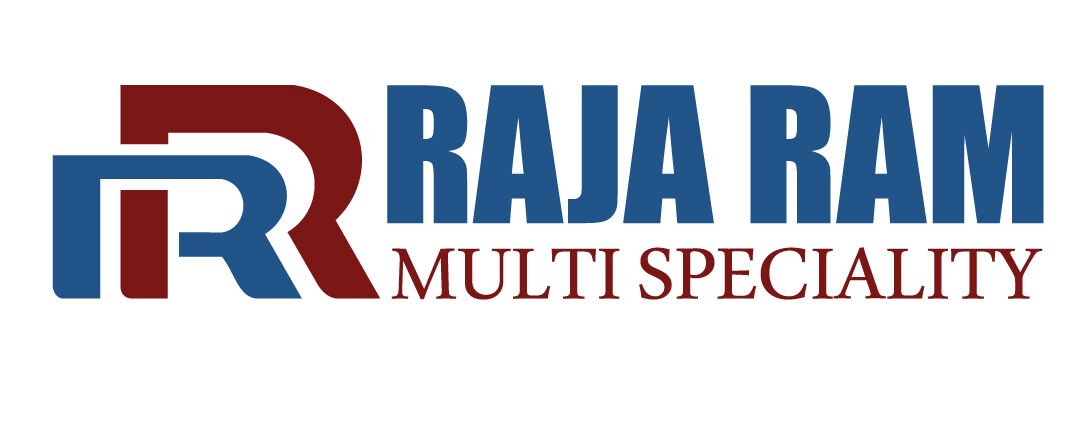
Rhinoplasty
Rhinoplasty, commonly known as a nose job, is a cosmetic surgical procedure aimed at altering the size, shape, or proportions of the nose to enhance its aesthetic appearance or correct functional issues. It is one of the most commonly performed cosmetic surgeries, sought by individuals who are dissatisfied with the appearance of their nose or are experiencing breathing difficulties due to nasal structural abnormalities.
Aesthetic Rhinoplasty:
Aesthetic or cosmetic rhinoplasty focuses on improving the visual appearance of the nose. Common goals include refining the nasal tip, reducing or augmenting the nasal bridge, narrowing nostrils, or correcting asymmetry. Surgeons work closely with patients to understand their desired outcomes and tailor the procedure to achieve a balanced and harmonious facial appearance.
Functional Rhinoplasty:
Functional rhinoplasty is performed to address structural issues within the nose that may impede proper breathing. Deviated septum, nasal valve collapse, or other anatomical abnormalities can contribute to breathing difficulties. Functional rhinoplasty aims to correct these issues while also considering the aesthetic aspects to maintain or enhance the natural look of the nose.
Surgical Technique:
Rhinoplasty is typically performed under general anesthesia or local anesthesia with sedation, depending on the complexity of the procedure. Surgeons may use an open or closed approach:
Open Rhinoplasty: Involves an incision made across the columella (the strip of tissue between the nostrils), providing better visibility and access for intricate adjustments.
Closed Rhinoplasty: Involves incisions made inside the nostrils, resulting in no external visible scars. This approach is suitable for less complex cases.
Recovery and Results:
After rhinoplasty, patients can expect some swelling and bruising around the nose and eyes, which gradually subsides over several weeks. While initial results are visible soon after surgery, the final outcome may take months as swelling continues to diminish.
Considerations:
Before undergoing rhinoplasty, individuals should have realistic expectations and a clear understanding of the potential risks and benefits. A thorough consultation with a qualified plastic surgeon is essential to discuss goals, assess candidacy, and develop a personalized treatment plan.
In conclusion, rhinoplasty is a versatile surgical procedure that addresses both aesthetic and functional concerns of the nose. Whether performed for cosmetic enhancement or to improve breathing, rhinoplasty requires careful consideration, expert surgical skill, and a commitment to achieving results that complement the individual’s overall facial harmony.

